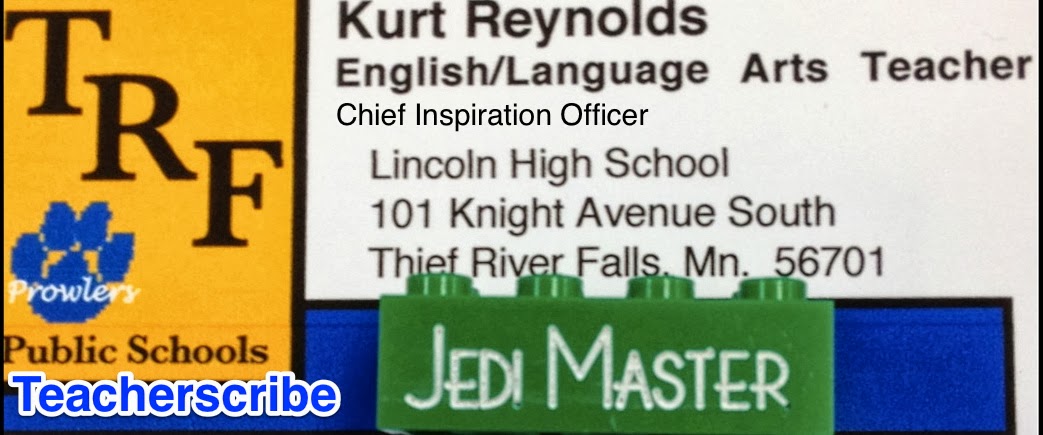Teaching Thought #8
Try ‘gamifying’ your classroom.
What?
That’s exactly what I said when I first heard/read about gamifying.
When I read that initially, I thought, dammit does everything have to be a game? And if it’s not a game, why does everything have to be entertaining?
And those of us who object to this have valid points. Students do need to know how to work hard. They absolutely need to know the importance of deliberate practice. They need to know what it’s like to fail and scratch themselves up on the floor and have another go at it. They need to know that some stuff has to be boring . . . and they have to find a way to work through that.
But the more I think/write about that, the more I see that all of those things are also built in to gaming and entertaining.
Just hear me out here –
For anyone who has ever played a game, whether it’s golf, Donkey Kong, checkers, Boggle (my personal favorite), bridge, Call of Duty, Texas Hold ‘em, Sedoku, Madden 18 or Tecmo Bowl . . . you know how difficult gaming can be. I think if you really delve in to gaming, you’ll see that it does teach us how to work hard, how to develop deliberate practice, to experience failure and recover from it, to work through the boring details.
So I started thinking about ways to gamify (at least to some degree) the learning that goes on in my room.
And if we really looked closely at the tools we use for assessment, I think we’d find a lot of gamification going on. Ever use Kahoot or a review activity (I use Jeopardy but I know others use bingo and other forms of games)?
Gamification can be old school. Back when we used to have the 100 word vocab list, I would play vocab bingo so students would get to know the definitions of those words in 25 segments. And we had a blast, especially when I brought in rewards like candy and ‘super duper’ prizes (I stumbled upon this by accident. I was cleaning out my car the night before and instead of tossing all the junk I had in there, I decided to give it away as prizes the next day in class. I handed out old air freshners, old phone chargers that didn’t work anymore, a pair of shades that had one rim missing, and so on). The kids went nuts.
Later I developed a “Jeopardy” review session before final tests. To add to the fun, I realized at the business where my wife used to work, they had a back room full of dusty old men’s league basketball trophies. They were actually going to toss them when I asked them if I could have them. When it came time for the final To Kill a Mockingbird review, I held up one of the old towering and dusty trophies and said that the winning team would earn this. You should have seen how they got into that review session. I still recall the student who won it and how she proudly walked down the hall with that trophy held high!
Gamification, of course, can be new school too. Here are ten ways to do just that in your classes starting tomorrow.
Here is another interesting link that is more specific than the previous one.
Here are two that I think have great potential for my classes –
3. Create a quest. A quest is a mission with an objective. Every year my students participate in an adventure quest based on the weekly current events reading. Students who correctly answer a specific text-dependent question earn points. The student with the most points after six weeks wins a prize. I post additional questions on Remind and Twitter to allow students to earn extra points. Quests can also be independent projects or activities for the students who have finished their work.
4. Battle it out with a boss battle. In gaming, a “boss” is a villain who the hero must defeat to save the day. Think of the monster at the end of each level in the original Super Marios Bros. who must be defeated before moving to the next level. On the gamification platform Classcraft, teachers can create their own boss battles using questions from any content area. Teachers can also create boss battles using Google Forms or Google Slides, creating their own unique fictional boss.


No comments:
Post a Comment